When my turn comes up to blog for the Garden Professor site I like to reflect on the horticulture in my own gardens and orchard. Right now I am focused on pruning my old apple and stone fruit orchard. It has suffered bear attacks, drought, and mismanagement before we arrived in 2018. The previous owners were very aware of the need to treat pruning cuts large and small. The remnants of tree wound dressings are found all through our orchard and range from white latex paint to silicone caulk. Unfortunately there has never been good research evidence to support pruning paint use. Despite the lack of any published evidence, for their usefulness, pruning paints are still available in garden centers and there are no end of do it yourself preparations that gardeners continue to use on pruning wounds.
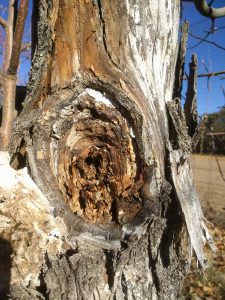
So why paint the cuts on your fruit trees after pruning? One idea is to keep the surface protected from infection by pathogens. Plant pathogenic fungi and bacteria can cause disease that may lead to blight, cankers, or wood decay.
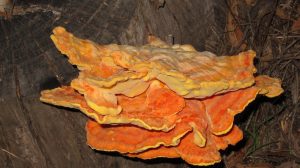
Wounds are often implicated in pathogenesis or disease development. Many horticulturists believed that wound dressings provide a barrier to entry of pathogens and insects. Fruit trees are easily decayed by a number of fungi which cause white and brown rots in their wood. Wood decay organisms enter through wounds created when branches break from excessive fruit loads or when pruning wounds expose heartwood or significant amounts of sapwood. So painting cuts became a very common practice advocated by gardening columns and various books over the last century.
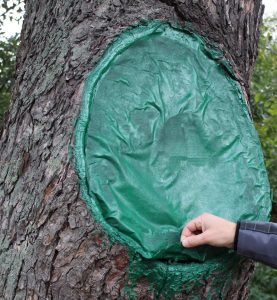
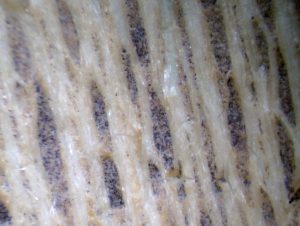
Over one hundred years ago Howe (1915) recognized that pruning paints did not help wounds to close, in fact, they retarded the development of callus wood especially in peaches. Howe called into question the necessity of using wound dressings at all. Still the use of wound dressings has prevailed to this day.
Shigo and Shortle (1981) showed that wound dressings do not prevent decay nor do they promote wound closure. If the poor pruning practices that harm trees are abandoned, then wound dressings are unnecessary (never mind that they don’t work). Shigo often maintained that tree genetics determine the extent of decay forming in a given species. His work conclusively showed that flush cuts would lead to more decay than cuts that were made outside the branch collar or bark ridge.
Expanding foam? As far as I know there is no research on expanding foam but lots of anecdotes and observations of how it is often used to fill tree cavities. Filling cavities with cement to prevent or limit decay is a practice that subsided some decades ago and is generally not recommended as part of modern arboricultural practice. By the time decay has caused a cavity it is usually well entrenched in the wood of a tree and is not controlled by filling in the void. The best way to limit decay in trees is to prune them frequently so cuts are never large and the tree (fruit or shade) develops a strong structure that is unlikely to fail.
Literature:
Chalker-Scott, L., and A.J. Downer 2018. Garden Myth Busting for Extension Educators: Reviewing the Literature on Landscape Tree. Journal of the NACCA 11:(2) https://www.nacaa.com/journal/index.php?jid=885
Howe, G.H. 1915. Effect of various dressings on pruning wounds of fruit trees. New York Agricultural Experiment Station, Geneva, N.Y. Bulletin No 396.
Shigo, A.L and W. C Shortle. 1983. Wound dressings: Results of studies over 13 ykears. J. or Arboriculture 9(10): 317-329.
Shigo, A.L. 1984. Tree Decay and Pruning. Arboricultural J. 8:1-12.
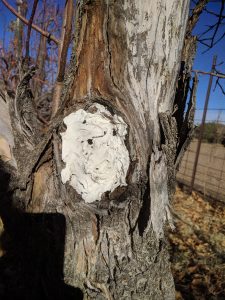
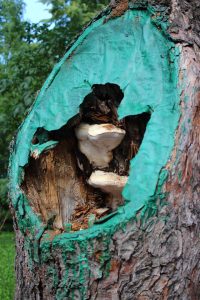
Appreciated, I’ve known about not using wound dressing for years….but you still wonder “Could that really be right “
thank you for the information. I enjoyed the read as well as the info. Great article.
Very interesing, any thoughts on use of paints in the vinyard?
Hi Peter, The blog was written in a generic way. There is research on wound dressing for vineyards that are trying to control certain diseases like Eutypa. If you have a specific disease in mind there may be a reason to apply a fungicide, but for generic or general pruning there is no need for wound dressings.